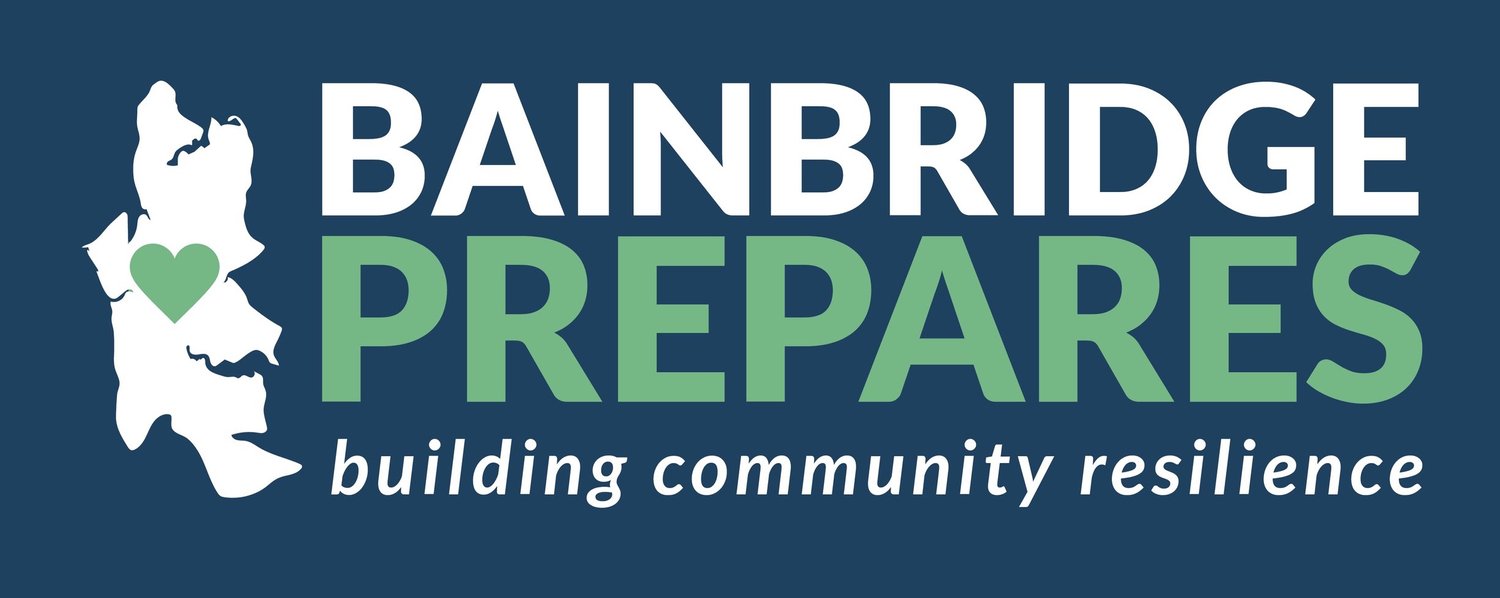Emergency Prep for People with Disabilities and Special Needs
 People with disabilities and special needs may need to take some additional or unique steps in their emergency preparation. The following organizations provide disability-specific information for emergency preparedness:
People with disabilities and special needs may need to take some additional or unique steps in their emergency preparation. The following organizations provide disability-specific information for emergency preparedness:
- The Administration for Community Living (ACL) has created a PDF to help people assess their needs and prepare accordingly.
- Ready.gov includes a list of suggestions on their website.
- The Red Cross offers suggestions on their website.
- The University of Kansas Research & Training Center on Independent Living, offers a website page on trainings and other resources.
- The CDC provides a resource page on its website.
Here are some emergency preparedness tips specific for people with disabilities:
- Create a support network. In the event of an emergency, if you are likely to need support from one or more people, you need to identify those people in advance and meet with them to establish a plan. Will you need someone to help you get out of your house or to evacuate from the area? Will you need to make sure that you are accompanied by specific equipment, assistive devices, or medications?
- Register with Smart911, a database to provide additional information about you to first responders and a vulnerable needs registry.
- Make a transportation plan for evacuation. Who will help you get out of the area affected by disaster and how?
- If you have a communication disability, make a communication plan, or a way that you will be able to communicate your needs to rescuers.
- If you use assistive devices that are powered by electricity, create a backup plan for power outages. Do you have a generator or another alternative power source? Make sure your support network knows what the backup power plan is. Ask your power provider to put you on a list for priority power restoration.
- If you use a wheelchair, make sure to take the following additional steps:
- Get a backup lightweight manual chair.
- Share with your support network how to maintain and operate your chair.
- Purchase an extra battery for your power wheelchair. Keep the extra battery charged.
- Get a patch kit and air pump for the chair's tires.
- If you are deaf or hard of hearing, take the following additional steps:
- Get a weather radio that has a text display and a flashing alert.
- Buy backup hearing-aid batteries.
- Add pen and paper to your emergency kit.
- Purchase a battery-operated lantern to help you with lip reading and sign language when it's dark.
- If you are blind or have low vision, make sure you will be able to find your emergency supplies in an emergency. Label and date the items in Braille.
- If you are on dialysis or other life-sustaining medical treatment, know where you might be able to get help in an emergency.
- If you are on oxygen, keep a backup supply.
- If you have sensory needs, get a portable sensory tent.
- Add a few disability-specific items to your emergency kit:
- Contact information for your support network.
- Contact information for your health providers.
- Serial numbers and makes and models of all your assistive devices.
- A list of need-to-know information for rescuers and first responders, such as details about your needs and preferences.
- Food and water for your service animals.
- Medicines and assistive devices and their chargers.
- Copies of insurance cards and Medicare cards.
- Ice packs and a cooler to keep medications that must be refrigerated cool if the power goes out.
Finally, ACL provides a downloadable disability card for people with disabilities to carry with them. Fill out the card with information about your disability, assistive devices, and emergency contacts.
